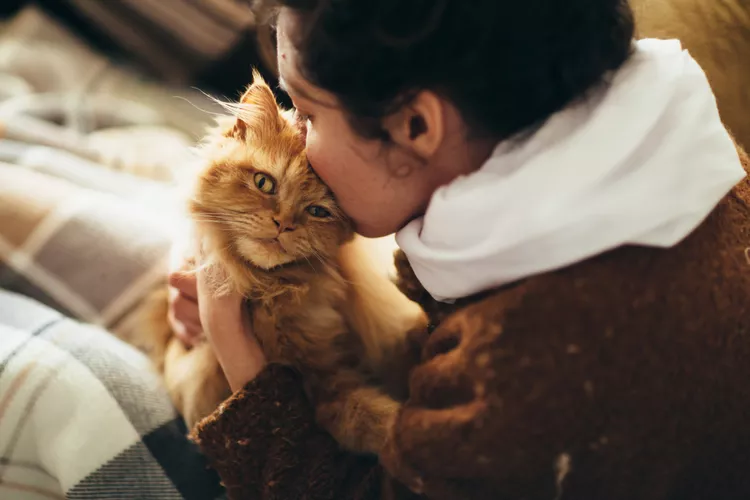
Vacations are meant to be fun for people, but due to the change in routine, they can, unfortunately, cause stress for cats and result in behavior problems and separation anxiety. Cat behavior problems can occur during the owner's absence, while the cat is being transported, or when the owner returns.
While some cats can cope well with traveling, staying in hotels, or being boarded in a kennel, most cats are better off when they stay in their own home with a pet sitter. This, of course, isn’t always possible, but thankfully some steps can be taken to lessen your cat’s stress and the likelihood of behavior problems at vacation time.
Cats adore routine and thrive on it, to the point that changing anything can potentially cause them to become stressed. When cat owners go on a vacation, a lot of things change for their pets, including the absence of their owners, different feeding times, less attention, new people, and sometimes new environments if they are being boarded.
It can take your cat anywhere from five days to two weeks to adjust and accept a new routine—and sometimes even longer. Just consider how long it takes some cats to accept new cats into their homes or to adjust to a new house. Both of these situations demonstrate how inflexible cats potentially are. A stranger, such as a pet sitter, who doesn't adhere to the routine also adds stress to your cat’s life. By the time your cat becomes used to the new routine with the pet sitter, you return from vacation and change their daily routine again. You also no longer smell familiar to your cat because they haven’t been able to refresh their cheek-rub markings while you've been away. As a result, some cats hide, become defensive, or exhibit unwanted behaviors.
One of the most common behavior problems seen in cats when a change occurs in the household is inappropriate elimination, especially urination outside the litter box. Cats may act out with aggression or be fearful toward pet sitters they do not know or in new environments such as boarding facilities. These emotions may cause them to urinate outside their litter box as they try to tell us they are scared or stressed. Since cats like the smell of themselves, the urine marking also helps calm them down by spreading their scent onto items that smell like their owner. Urine is challenging to remove from items like furniture, carpeting, and mattresses, so it is frustrating for people to deal with and clean up.
In addition to unwanted urination, cats may also start scratching things more if they are upset or stressed. Scratching is a natural behavior and is used to maintain the health of their claws and to mark their territory. But this behavior may increase and become an issue during stressful times for your cat.
New things often scare cats, and if your cat is scared they will hide. Hiding from the pet sitter, at a boarding facility, and even when you return home are all due to your cat being scared of the situation.
A scared or stressed cat may lash out aggressively or defensively. This is sometimes seen in extreme stress levels of cats that are in a new situation or environment. Swatting, hissing, lunging, and biting can all be signs of fear and stress in cats.
There are several things cat owners can do in preparation for a vacation that will make the time easier for their cats.
If your cat is staying home while you go on vacation, ask the pet sitter to meet them as many times as possible, well in advance of your absence. The pet sitter should offer your cat their favorite treats or play with them and their favorite toys. This will help your cat associate the pet sitter with something positive and pleasant. If your cat wants to run off, let them. Do not confine them to force a meet and greet.
Write down your daily routine and ask the pet sitter to follow it. Meals, playtime, grooming, lap-sitting interactions, and other important benchmarks should be followed as closely as possible in order to minimize stress for your cat. If you know the routine will change while you are gone, implement some of these changes several days before your departure, so the cat has already begun the transition without the further stress of your absence.
Bring out your suitcase at least a week in advance so that your cat gets used to it. Toss in treats or toys, so it's a positive association for the cat whenever they see your luggage. This also goes for your cat carrier if you need to transport your cat.
Leave behind a scented item, such as a t-shirt that you’ve worn but not washed, for your cat. Leaving this in the cat's bed can help your cat feel comforted. Some cats also appreciate your recorded voice/message to be played while you're gone but others become upset, so test this before you leave to see how they respond.
Before you depart, have each member of the family that your cat loves choose a pair of socks from their wardrobe. Rub the socks all over the cat and seal each pair in a separate plastic baggy. When you return from vacation, slip on the cat-scented socks so that you once again carry the cat's signature identification that "you are family."
If you will be boarding your cat, be sure to bring some of their favorite toys or treats and items that smell like you along with them to the facility. Try to have the facility adhere to your normal feeding schedule and play times if they offer them. Tell the staff about what your cat likes to do or where they like to be pet and if you have to transport your cat, be sure to do so in a carrier covered with a towel. Keep them calm in the car by playing soft music and stabilizing the carrier with a seat belt or on the floor of the vehicle. You can also put some treats or favorite food in the carrier.
Medications, nutritional supplements, and pheromones are also considerations for cats with stress and anxiety. Many of these items should be started before leaving for vacation and can be very helpful.
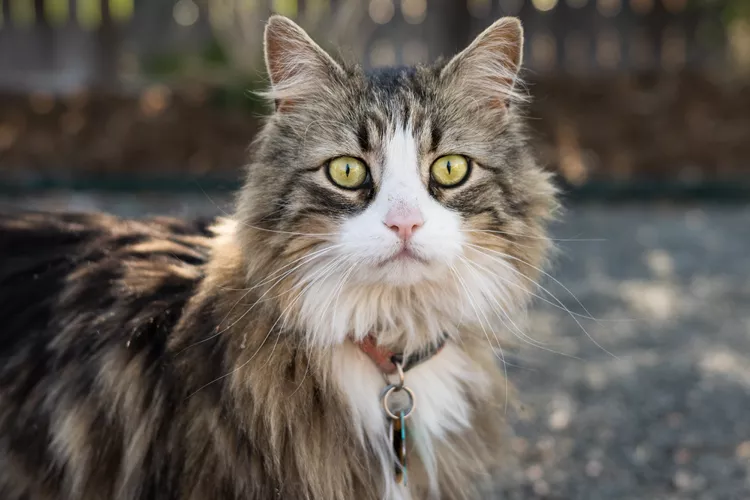
75 Unisex Cat Names
Our gender neutral cat names perfect for your feline friend, with a diverse selection of fun and inclusive options to fit your pet's disposition.
Why Does My Cat Stink?
Is your cat stinky? Find out about the causes of bad odors in cats and when it is something to be concerned about. Learn how to help your stinky cat.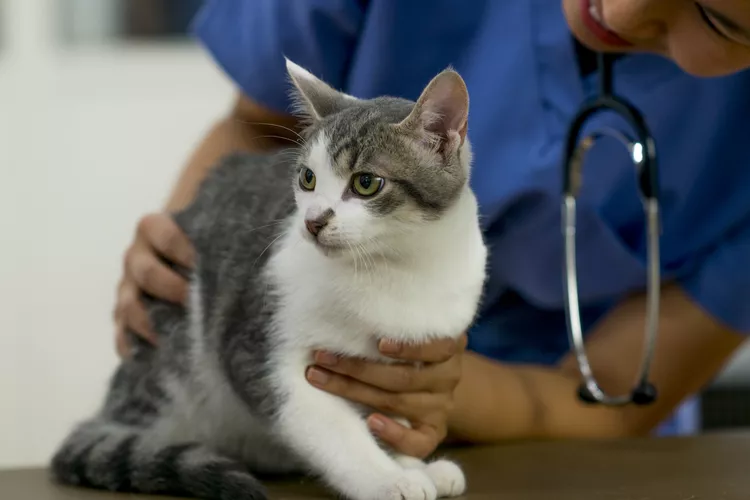
Signs of Rabies in Cats
Rabies is a fatal and contagious virus that can affect cats. Learn about the signs of rabies in cats and what to do about them.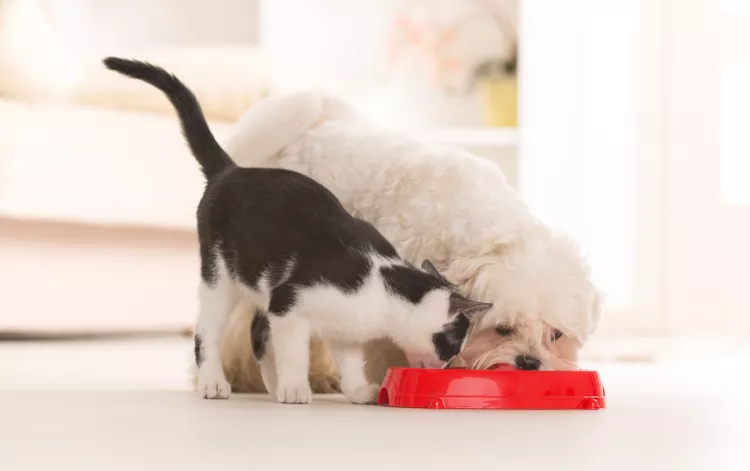
Can Cats Eat Dog Food?
Can cats eat dog food? In small amounts, it's unlikely to be a problem, but long-term feeding of dog food to cats can cause health issues and malnutrition.
Exploring the Different Types of Pet-Friendly Beaches
Are you looking for pet-friendly beaches? Learn about the different types of pet-friendly beaches, their locations, and tips for visiting them with your pet.
Pulled Muscles in Dogs
A pulled muscle is one of the most common injuries seen in dogs. What can you do if your dog pulls a muscle and how can you prevent it?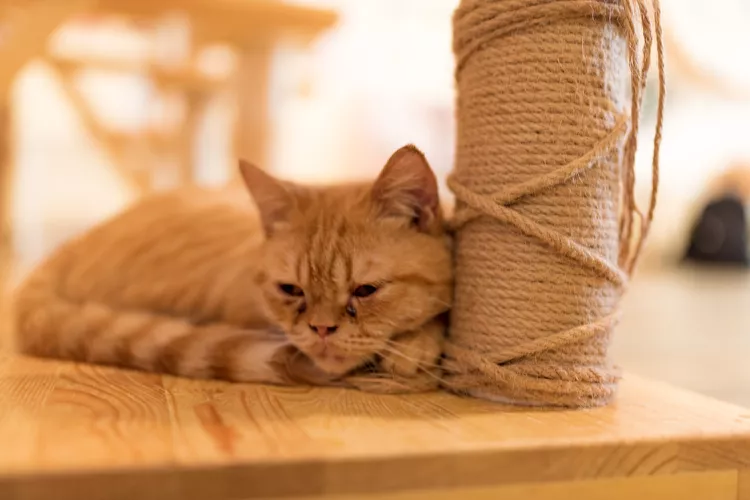
Fibrosarcoma in Cats
Fibrosarcomas are potentially fatal soft tissue tumors that can occur in cats. Learn the causes, treatment, and prevention.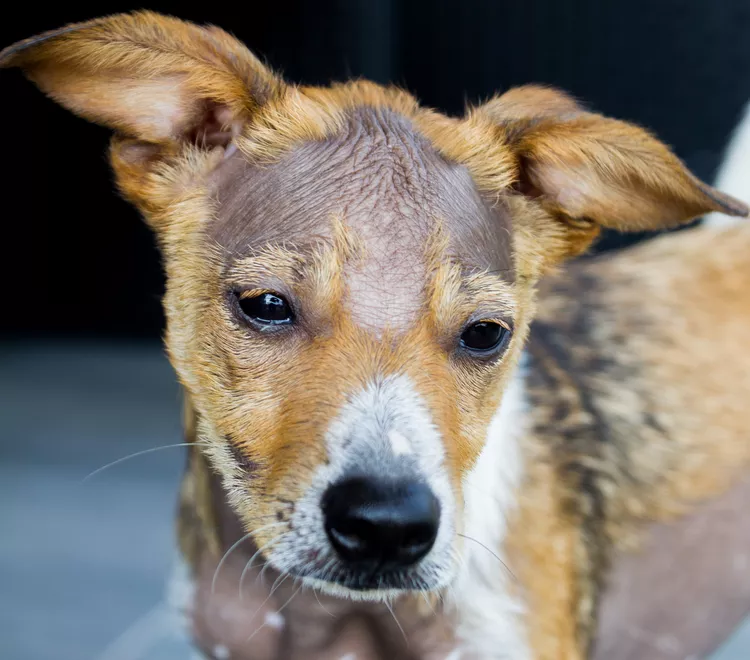
Alopecia in Dogs
Alopecia leads to hair loss and bald spots in dogs. Some breeds may be more at risk. Learn common causes, treatment, and prevention of dog alopecia.
Is Acetaminophen Safe for Dogs?
Acetaminophen is used by humans for pain and fever relief, but is it safe for dogs? Here's what you need to know before giving your dog acetaminophen.
Can Dogs Eat Almonds? Understanding the Risks and Guidelines
Can dogs eat almonds? While a couple likely won't hurt, it's best to avoid feeding your dog this nut. Learn the risks here.
Keeshond: Dog Breed Characteristics & Care
Learn about the keeshond dog, also known as the Dutch Barge Dog. This fluffy spitz breed was bred to guard, but also makes a friendly companion.
Is Rosemary Safe for Dogs?
Rosemary is used both for cooking and as a supplement with many reported health benefits in people, so you may be wondering if it is safe to give to your dog. Rosemary is considered non-toxic for dogs but with some caveats.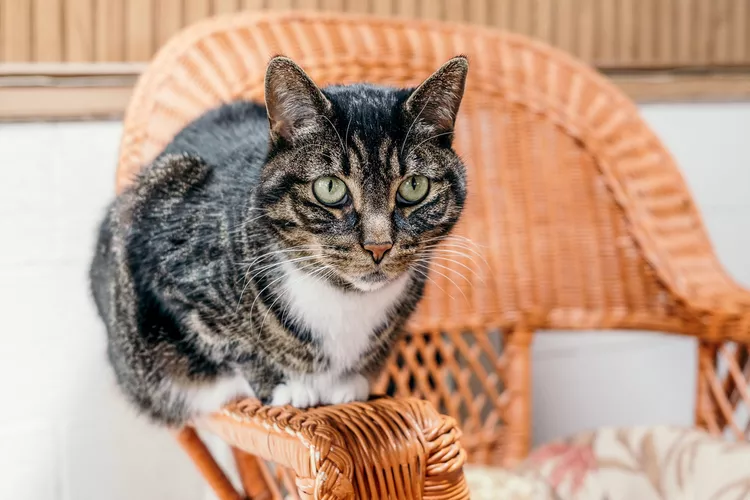
7 Hybrid Cats Breeds
Hybrid cat breeds can make appealing pets since they look more exotic than domestic house cats, but they aren't for everyone.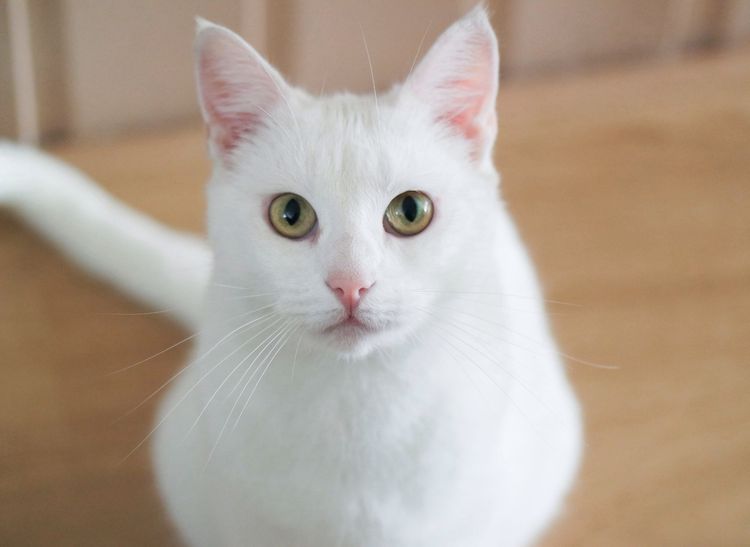
The Best White Cat Breeds to Keep as Pets
Several breeds can result in white cats with long or short hair. Find out the pros and cons of these white cat breeds.
11 Cute Pictures of Ragdoll Cats
Ragdoll cats are known for their beautiful coats and bright, blue eyes. Learn all about the breed, and check out some cute pictures here.
7 Reasons Why Your Cat Eats Paper, and How to Stop It
Is your cat eating paper? Learn why your cat is doing this, and find out how to put a stop to it.
Feist: Dog Breed Characteristics & Care
Feists are small, short-haired dogs developed to hunt squirrels and catch vermin. These high-energy, affectionate pooches make great companion animals.
Dogue de Bordeaux (French Mastiff): Dog Breed Characteristics & Care
Learn about the Dogue de Bordeaux, also called the French mastiff. Although large and muscular, they’re known for their calm and gentle personality.
How to Stop Your Dog From Fearing Men
Many dogs have a phobia of men. Learn how to help your dog overcome its fear through desensitization and training while keeping everyone safe.
Why Dogs Eat Poop and How to Stop Them
Is your dog eating poop? Some dogs do this because of stress or illness. Learn how to prevent stool eating, or coprophagia, in dogs.